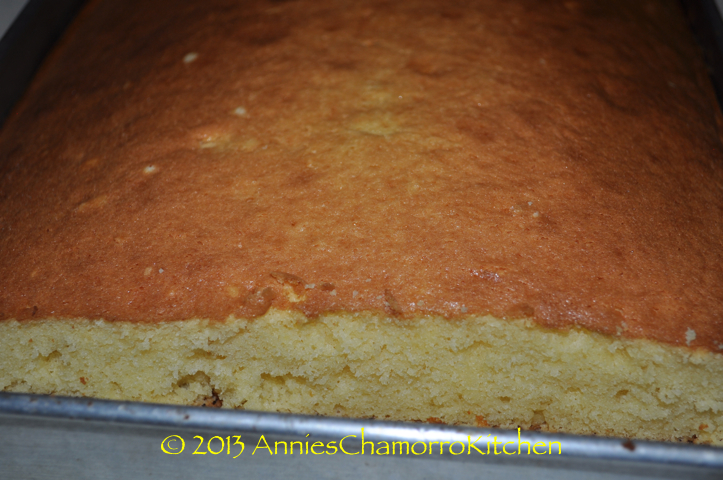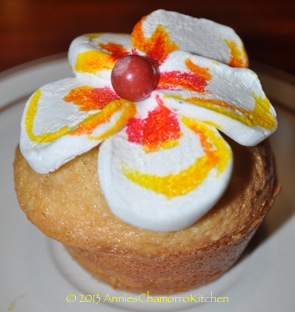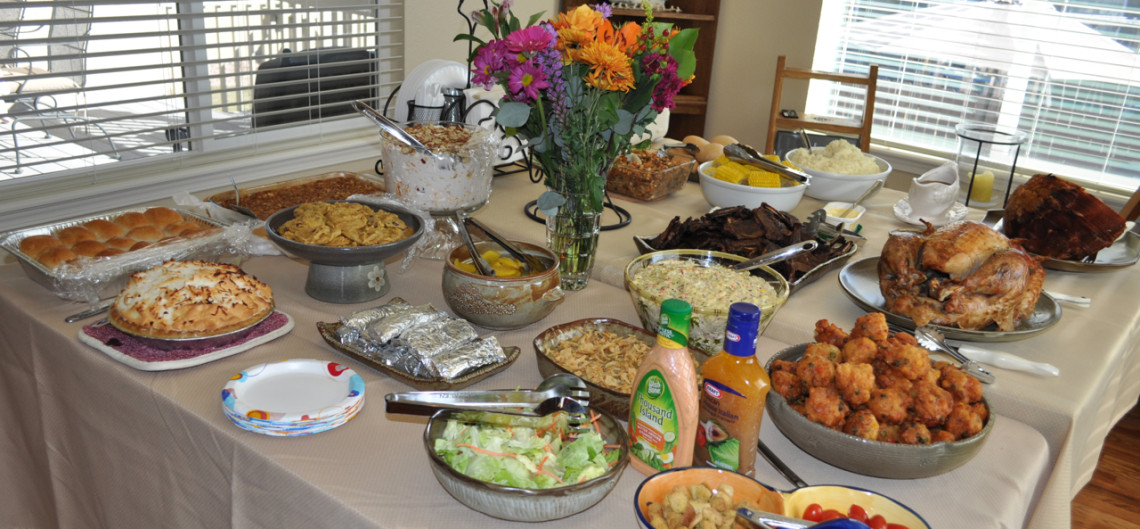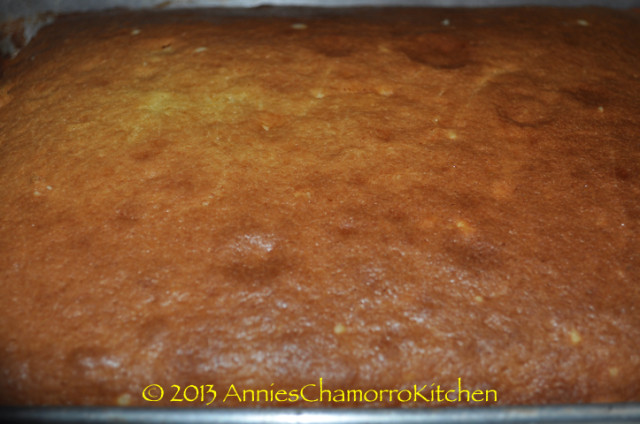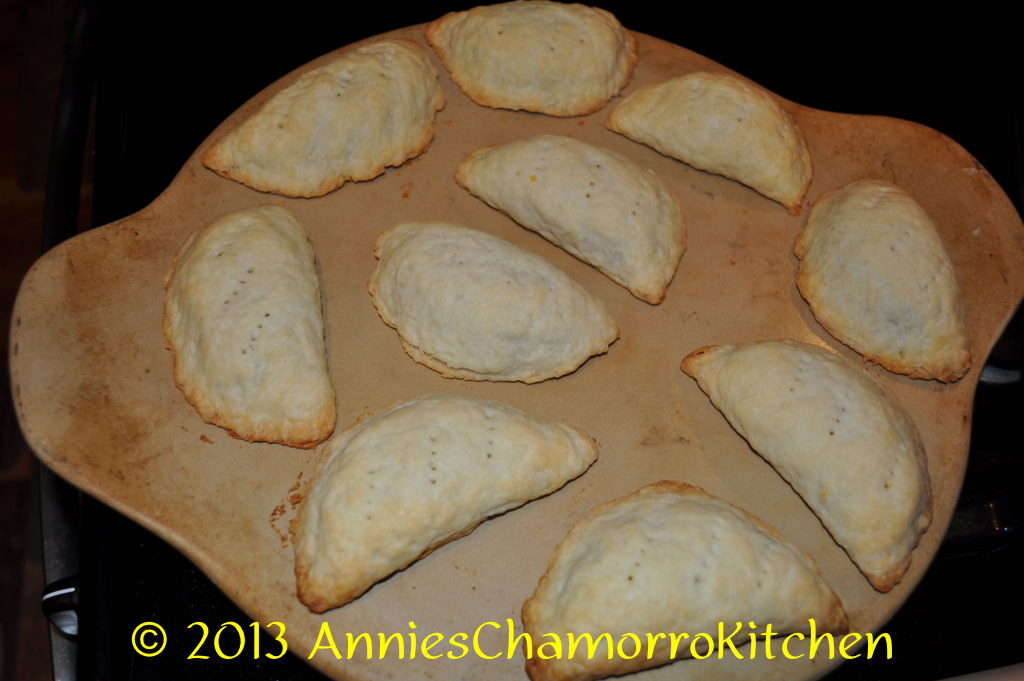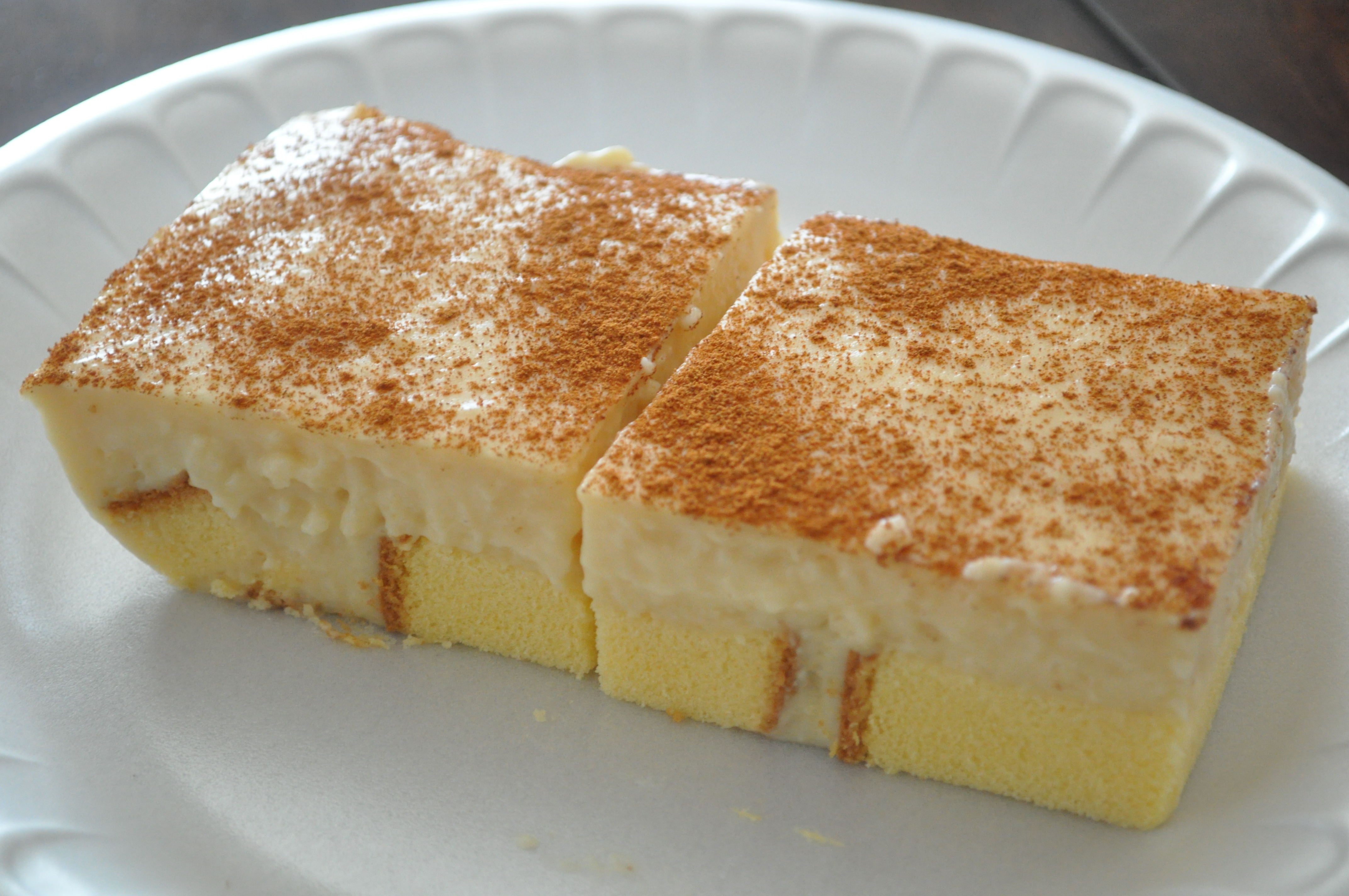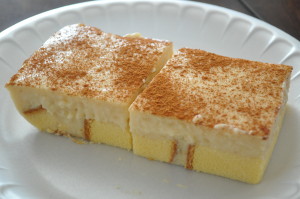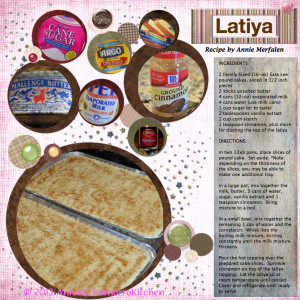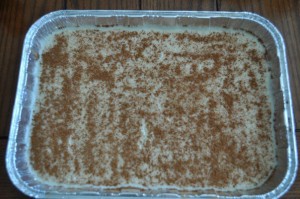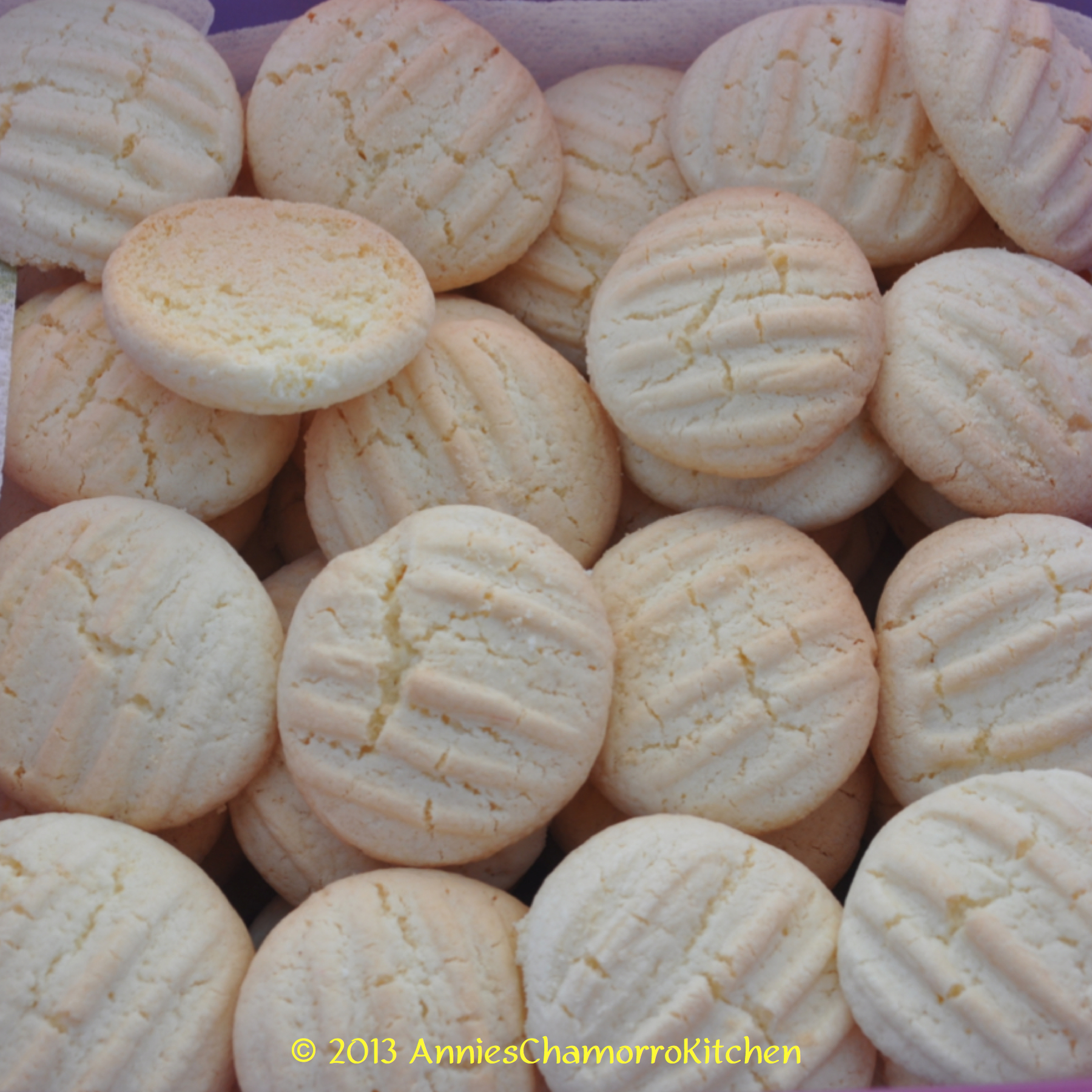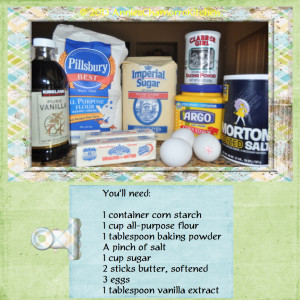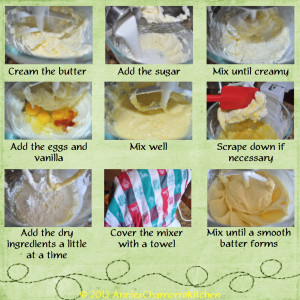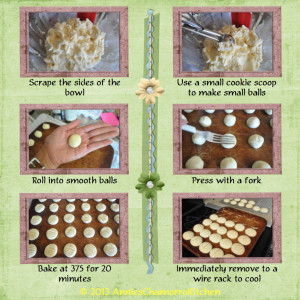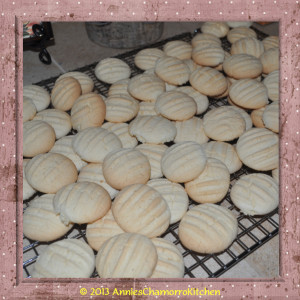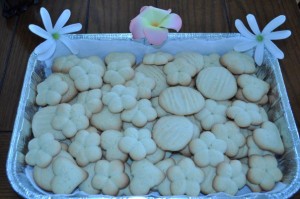This is one of my most favorite desserts. It’s a turnover filled with a sweet, cinnamon-flavored pumpkin jam. In Chamorro, Pastit is the term for a baked turnover. Buchi Buchi is the term for fried turnovers.
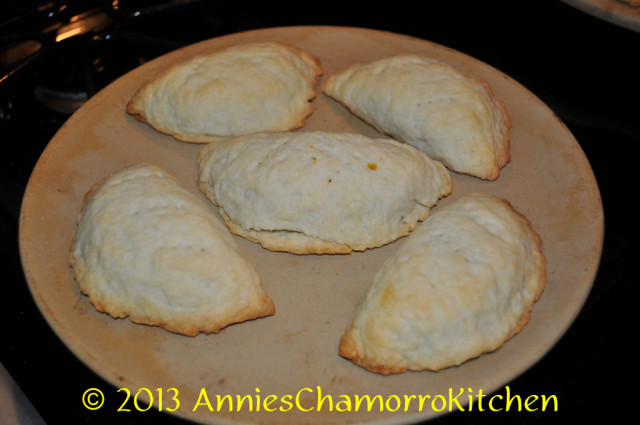
Pastit ~ Baked Pumpkin Turnovers
My mom used to make this for us all the time, only she used fresh pumpkins instead of canned. Making pumpkin jam with fresh pumpkins took hours! However time consuming that whole process was, that’s the way to do it–fresh is always best, in my opinion.
Using canned pumpkin has its advantages. You can make Pastit any time of year if you used canned pumpkin (provided the grocery stores have it in stock). I remember one year when you couldn’t find a can of pumpkin anywhere! But I digress….This dessert can be enjoyed year-round is my point; you don’t have to wait for fall to bake up a batch of these delicious treats.
My dad loves these turnovers, but his favorite filling is made with papaya–the green kind, not the ripe ones. You really can’t make a papaya jam with the right consistency if you use ripe papayas. In Chamorro, preparing papaya this way is called Konsetba. Konsetba is also used to refer to candied young (green) papaya.
I do have one daughter who won’t touch this with a 10-foot pole. It’s something about the fact that pumpkin is an ingredient and it just isn’t right eating a vegetable pie for dessert. No matter how many times I tell her it’s technically a fruit, she won’t have it.
More for us, I say. 🙂
Give my recipe a try. I think you’ll like it! 🙂
Pumpkin Turnovers (Pastit or Buchi Buchi)
My recipe makes between 12-15 turnovers.
Ingredients:
Crust:
- 3 cups flour
- 2 teaspoons salt
- 1 stick butter (for especially flaky dough, use 2 sticks of butter, but freeze it prior to making your dough, and work fast so the heat from your hands doesn’t melt the butter while you handle the dough)
- 1/2 – 3/4 cup ice-cold water
- 1/4 cup sugar
Filling:
- 1 small can pumpkin purée (do not use pumpkin pie filling)
- 1 cup sugar
- 1 teaspoon cinnamon
Directions:
Make the pumpkin jam:
1. Drain the pumpkin overnight to remove excess water; pour the contents into a fine mesh strainer, then set the strainer over a bowl. Cover with plastic wrap and refrigerate. In the morning, most of the water will have drained out. Instead of draining overnight, you can also heat the pumpkin over low heat, stirring constantly; cook until there isn’t much steam left rising from the pumpkin (an indication that most of the water has evaporated).
2. In a separate pan, melt the sugar until browned; stir often to keep the sugar from burning. Add the drained or heated pumpkin to the melted sugar. Add cinnamon (add more or less to taste).
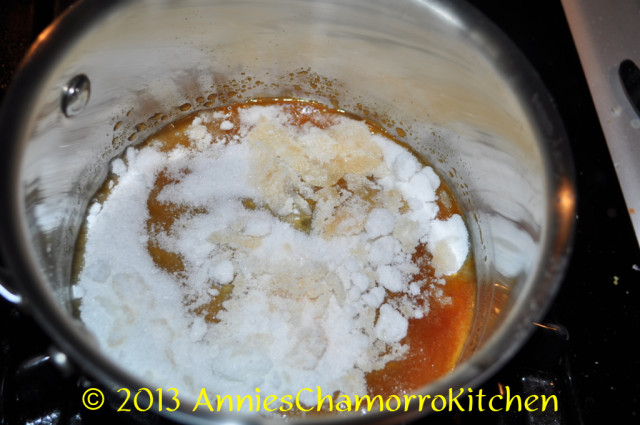
*Note: When you add the pumpkin to the melted sugar, it might SIZZLE like crazy! This is because the caramelized sugar is reacting to any remaining water in the pumpkin. When you mix the two, the sugar will actually harden and look like candy. At this point, turn your heat down to low and cover your pot; cook the pumpkin jam until all the hardened sugar has melted. Stir frequently to prevent the bottom from burning. Allow the jam to cool completely before filling the dough.
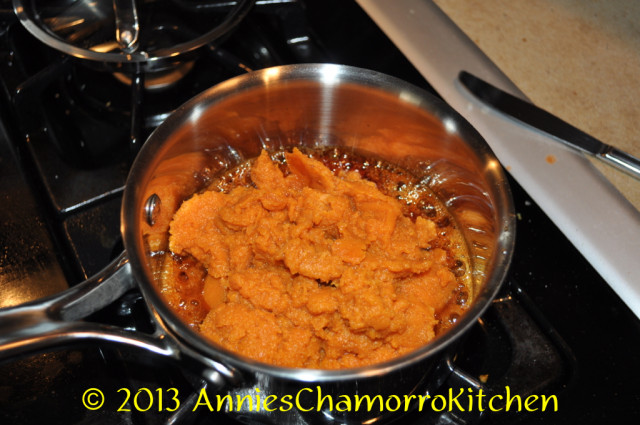
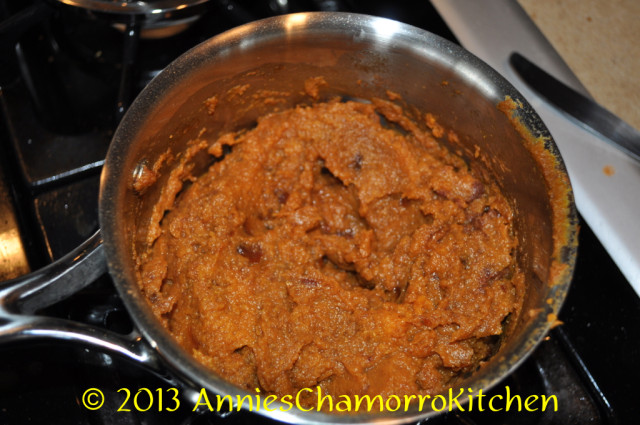
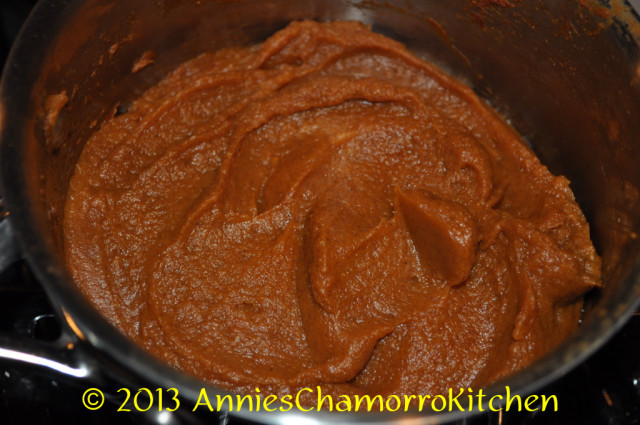
Make the crust:
1. Combine the dry ingredients for the crust. Cut the butter into the flour until you get tiny bits of butter mixed with the flour.
There are several ways to do this: you can use a pastry cutter, or if you don’t have a pastry blender, you can use two butter knives and literally cut the butter into the flour mixture. You can also use a food processor. Here is a neat idea I learned from a cooking show — freeze your stick of butter, then grate it using the largest holes of a box grater. Lightly mix the grated butter into the flour then place the bowl into the freezer for a few minutes to get the butter to be really cold again before adding the water.
The thing to remember is that the butter should be as cold as possible when you do this (frozen butter is even better); having little bits of butter mixed in with the flour is key to a flaky crust.
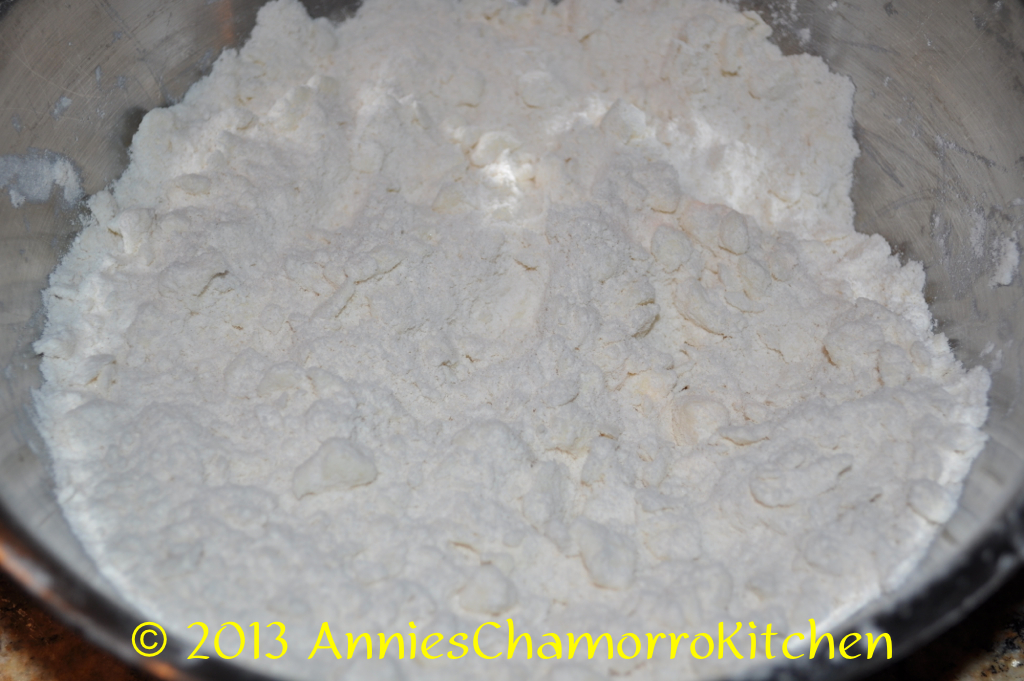
2. Add cold water to the flour-butter mixture, a few spoonfuls at a time, and gently mix (or pulse in a food processor). Stop adding water when the mixture starts to stick together and forms a dough. How can you tell if it’s enough water? Scoop some of the mixture into your hand then squeeze it together. If the mixture holds its shape (no crumbs fall off), then you added enough water. DO NOT knead the dough at this point. You don’t want to handle the dough too much, and you most certainly want to make sure you still see bits of butter in the dough.
3. Make golf ball sized pieces dough; use a rolling pin to flatten each ball into a thin circle. Add 2-3 tablespoons of pumpkin filling to the center of the dough; spread the filling out to about 1/2 inch from the edge. Fold the dough over and seal edges by pressing down on it with a fork.
4. Optional: brush the tops of the turnovers with a beaten egg then sprinkle liberally with turbinado sugar (also called sugar in the raw).
5. Bake at 350 degrees for 35-40 minutes or until the crust is golden brown.
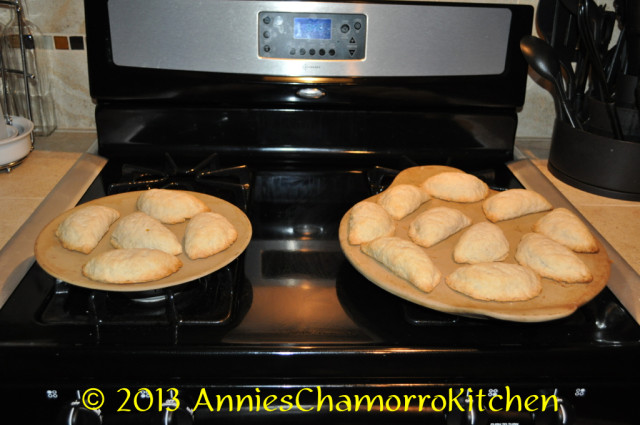
*For buchi buchi (a fried version), decrease the amount of butter (use only 1 stick); follow the rest of the recipe instructions. Deep-fry each turnover until golden brown.
ENJOY!
